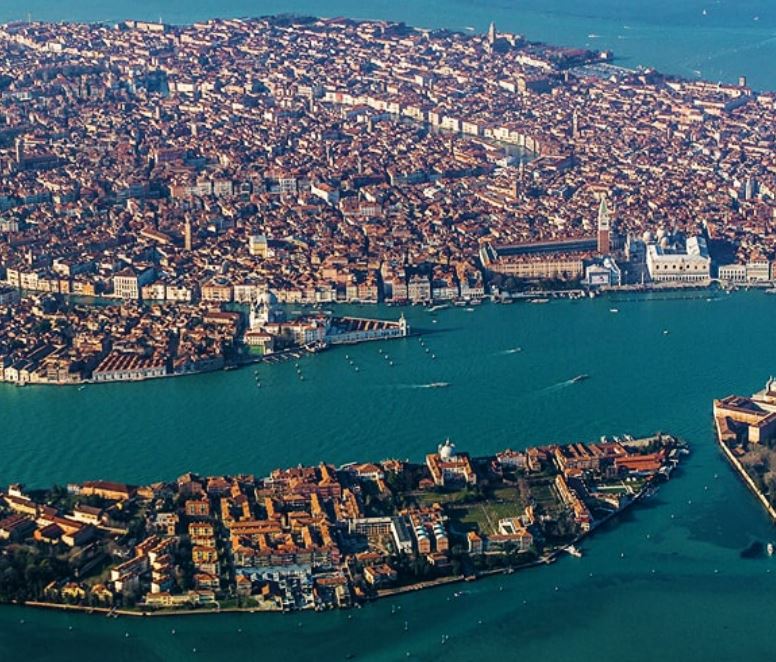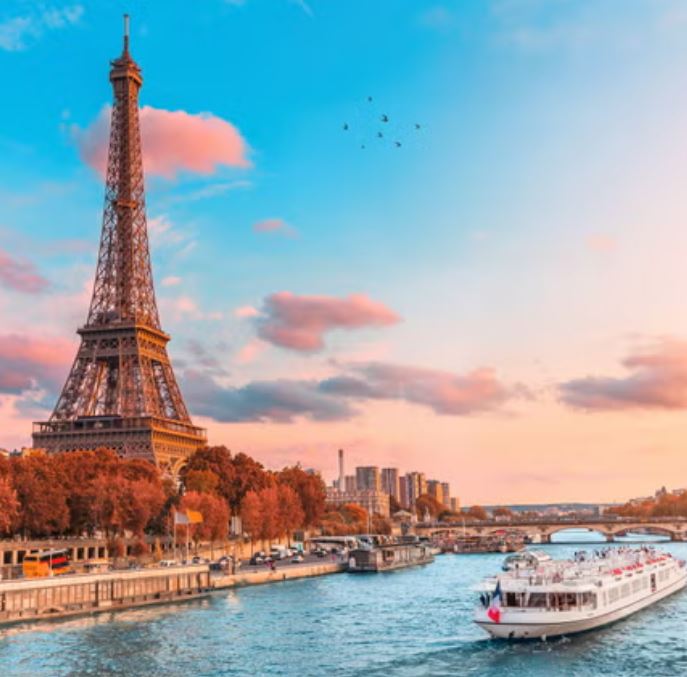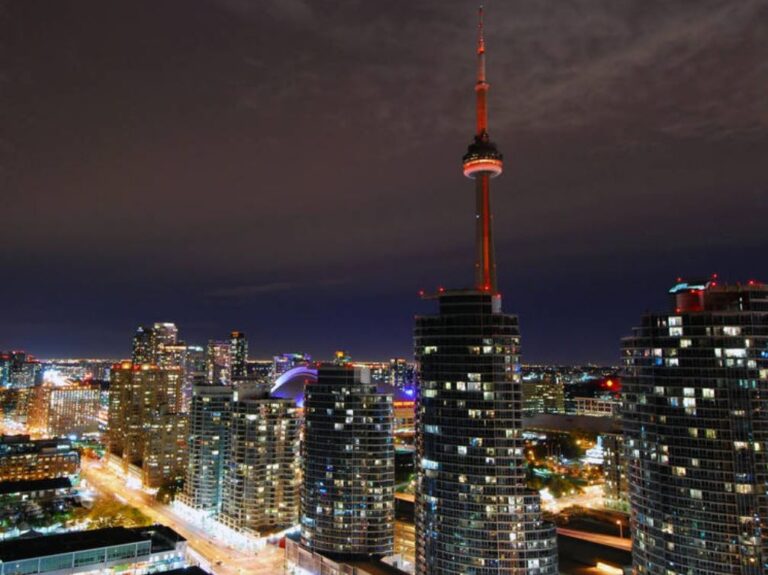6 Cities That Could Disappear Underwater by the Year 2100
Climate change is no longer a distant threat; it’s a reality that’s reshaping our world in profound ways. Rising sea levels, fueled by melting polar ice caps and the thermal expansion of seawater, are among the most alarming consequences of global warming. By the year 2100, several iconic cities around the world could be partially or entirely submerged, displacing millions of people and erasing centuries of history and culture. In this blog, we’ll explore six cities that are at risk of disappearing underwater by the end of the century. These cities serve as a stark reminder of the urgent need for climate action.
1. Venice, Italy
Venice, the “Floating City,” is no stranger to flooding. Known for its intricate canals and historic architecture, Venice has been battling rising water levels for decades. The city experiences regular acqua alta (high water) events, where tides inundate streets and squares. However, climate change is exacerbating the problem. Sea levels in the Mediterranean are projected to rise by up to 1.5 meters by 2100, which could leave much of Venice underwater. Despite the construction of the MOSE flood barrier system, many experts believe it may only delay the inevitable. Without drastic global efforts to curb emissions, Venice could become a modern-day Atlantis.
2. Miami, Florida, USA
Miami is one of the most vulnerable cities in the United States when it comes to sea level rise. Built on porous limestone, the city is particularly susceptible to flooding, as water can seep through the ground and rise from below. By 2100, sea levels in Miami could rise by up to 2 feet or more, submerging large portions of the city, including its famous beaches and downtown areas. Even today, “sunny day flooding” during high tides is becoming increasingly common. For Miami, the question isn’t if it will sink, but how soon.
3. Dhaka, Bangladesh
Dhaka, the capital of Bangladesh, is one of the most densely populated cities in the world. Situated in a low-lying delta, the city is highly vulnerable to flooding from both rising sea levels and increasingly intense monsoon rains. By 2100, it’s estimated that up to 20% of Bangladesh’s land area could be submerged, displacing millions of people. Dhaka, already struggling with overcrowding and poor infrastructure, could face a humanitarian crisis if it becomes uninhabitable. The city’s plight highlights the disproportionate impact of climate change on developing nations.
4. Jakarta, Indonesia
Jakarta, the bustling capital of Indonesia, is sinking at an alarming rate—up to 25 centimeters per year in some areas. This subsidence is caused by excessive groundwater extraction, which causes the land to collapse. Combined with rising sea levels, this makes Jakarta one of the fastest-sinking cities in the world. By 2100, much of the city could be underwater, forcing the Indonesian government to consider relocating the capital to a new site on the island of Borneo. Jakarta’s situation is a cautionary tale of how human activity and climate change can converge to create a perfect storm.
5. Mumbai, India
Mumbai, India’s financial hub and home to over 20 million people, is another city at risk of being swallowed by the sea. Located on a narrow peninsula, Mumbai is highly vulnerable to coastal flooding. Rising sea levels, coupled with increasingly severe cyclones, could inundate large parts of the city by 2100. The economic and human cost of such an event would be catastrophic, not just for India but for the global economy. Mumbai’s iconic landmarks, such as the Gateway of India and Marine Drive, could become relics of a bygone era.
6. Shanghai, China
Shanghai, one of the world’s largest and most prosperous cities, is also at risk from rising sea levels. Situated on the Yangtze River Delta, the city is already experiencing the effects of climate change, including more frequent flooding and typhoons. By 2100, sea levels in the region could rise by up to 1 meter, threatening millions of residents and trillions of dollars in infrastructure. Shanghai’s situation underscores the fact that even the most developed cities are not immune to the impacts of climate change.
What Can We Do?
The fate of these cities is not set in stone—yet. While the projections are dire, they are based on current trends and assumptions about global greenhouse gas emissions. If the world takes decisive action to reduce emissions and invest in climate resilience, we may still be able to mitigate the worst impacts of sea level rise. Here are a few steps we can take:
- Reduce Carbon Emissions: Transitioning to renewable energy sources, improving energy efficiency, and adopting sustainable practices can help slow the pace of climate change.
- Invest in Infrastructure: Cities need to invest in flood defenses, such as seawalls, levees, and elevated buildings, to protect against rising waters.
- Restore Natural Barriers: Mangroves, wetlands, and coral reefs act as natural buffers against storm surges and coastal erosion. Protecting and restoring these ecosystems can help safeguard vulnerable cities.
- Plan for Relocation: In some cases, retreating from the coast may be the only viable option. Governments need to start planning now for the orderly relocation of communities at risk.
- Raise Awareness: The more people understand the urgency of the climate crisis, the more likely they are to support meaningful action. Share stories like these to inspire change.
Conclusion
The thought of cities like Venice, Miami, and Jakarta disappearing underwater is both heartbreaking and terrifying. These cities are not just collections of buildings; they are living, breathing communities with rich histories and vibrant cultures. Their potential loss is a powerful reminder of what’s at stake if we fail to address climate change.
But there’s still hope. By taking action now, we can protect these cities and ensure a safer, more sustainable future for generations to come. The question is: will we rise to the challenge? The clock is ticking, and the waters are rising. The time to act is today.
What are your thoughts on the cities mentioned? Do you live in or near one of these areas? Share your thoughts and experiences in the comments below—we’d love to hear from you!






